![]()
![]()
![]()
Use LEFT and RIGHT arrow keys to navigate between flashcards;
Use UP and DOWN arrow keys to flip the card;
H to show hint;
A reads text to speech;
22 Cards in this Set
- Front
- Back
|
Kernmantel Construction |
Nylon rope made by covering a core of straight nylon fibers with a woven sheath. Advantage- protects the load bearing fibers from damage. Disadvantage- It is not easy to inspect for damage. |
|
|
Static Rope |
Used for rescue and caving because there is little or no stretch. Should not be shock loaded. Typically use 11mm for SAR |
|
|
Dynamic Rope |
Used in rock climbing because it is designed to have up to a 30% stretch (shock absorber) |
|
|
Tubular Webbing |
Used for anchors, harnesses, and patient tie in on a litter Use one inch for SAR |
|
|
Overhand knot |

basic knot |
|
|
Square knot |
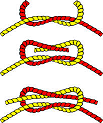
Useful but not for joining climbing ropes. Used for two ropes the same size Can slip free under load |
|
|
Figure 8 loop |
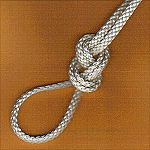
End knot for rigging systems,tensionless anchor, lower load Knot spreads load over whole knot |
|
|
Figure 8 bend (follow-through) |

This strong knot can join two ropes together, tie a rope around a object |
|
|
Water knot |
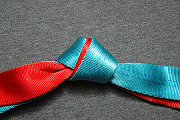
Used in webbing to join two pieces together
|
|
|
Double Fisherman's knot |
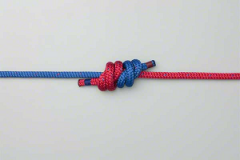
Used to tie two ends together to make rope slings. A single fisherman's knot can be used to tie a back up. |
|
|
Prusik knot |
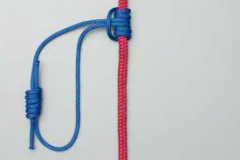
Acts like a lock on the main line. Used to ascend/Descend and attaching self to rope or litter |
|
|
ASRC seat harness |
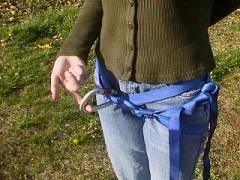
Called redundant because all three loops must fail for the harness to fail |
|
|
Bowline knot |
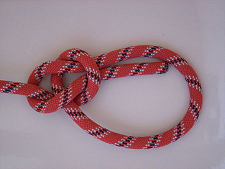
Makes a fixed loop |
|
|
Girth hitch |
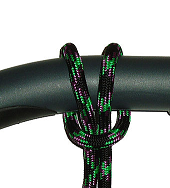
joins rope to a bar such as a semi tech litter tie in |
|
|
Use and care of a carabiner |
Locking D (modified) shaped is best. This puts the stress closer to the back of the carabiner.
|
|
|
Use and care of the Figure 8 descender |
Friction device for rappelling. Pay attention to heat build up of too fast of a descent. |
|
|
Care and use of brake-bar rack |
Device which allows you to increase or decrease friction according to brake bars. Critical to ensure it is correctly rigged
|
|
|
Butterfly- FTL |
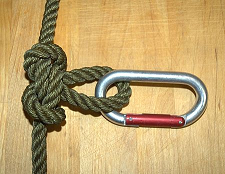
Creates a loop in the middle of rope Ties off bad spot in rope can be loaded from both directions |
|
|
Load Releasing Hitch- FTL |
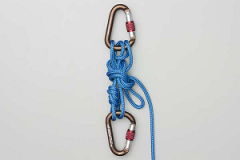
Allows tension to be released in a system |
|
|
Cross Chess Harness- FTL |
upper body support |
|
|
Clove Hitch- FTL |
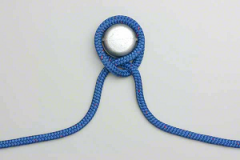
|
|
|
Taunt Line Hitch- no longer mandatory but helpful |
allows lengths to be adjusted |

